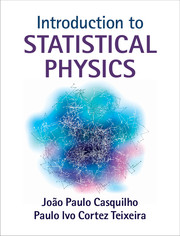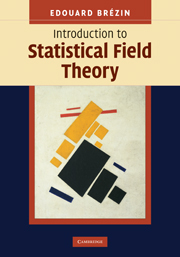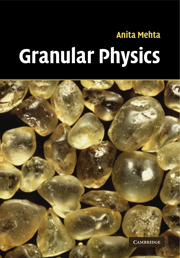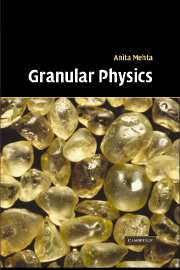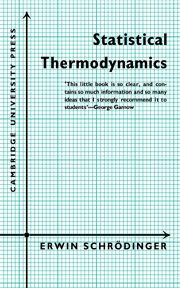Introduction to Statistical Physics
Rigorous and comprehensive, this textbook introduces undergraduate students to simulation methods in statistical physics. The book covers a number of topics, including the thermodynamics of magnetic and electric systems; the quantum-mechanical basis of magnetism; ferrimagnetism, antiferromagnetism, spin waves and magnons; liquid crystals as a non-ideal system of technological relevance; and diffusion in an external potential. It also covers hot topics such as cosmic microwave background, magnetic cooling and Bose–Einstein condensation. The book provides an elementary introduction to simulation methods through algorithms in pseudocode for random walks, the 2D Ising model, and a model liquid crystal. Any formalism is kept simple and derivations are worked out in detail to ensure the material is accessible to students from subjects other than physics.
- Covers topics not usually featured in introductory statistical physics textbooks, including hot topics such as cosmic microwave background, magnetic cooling and Bose–Einstein condensation
- Provides an elementary introduction to simulation methods at a level that is accessible to undergraduates in fields other than physics
- No extensive knowledge of quantum mechanics or analytical mechanics is assumed
Product details
No date availableAdobe eBook Reader
9781316213582
0 pages
0kg
96 b/w illus. 70 exercises
Table of Contents
- Preface
- 1. Random walks
- 2. Review of thermodynamics
- 3. The postulates of statistical physics. Thermodynamic equilibrium
- 4. Statistical thermodynamics – developments and applications
- 5. The classical ideal gas
- 6. The quantum ideal gas
- 7. Magnetism
- 8. The Ising model
- 9. Liquid crystals
- 10. Phase transitions and critical phenomena
- 11. Irreversible processes
- Appendixes
- Index.

